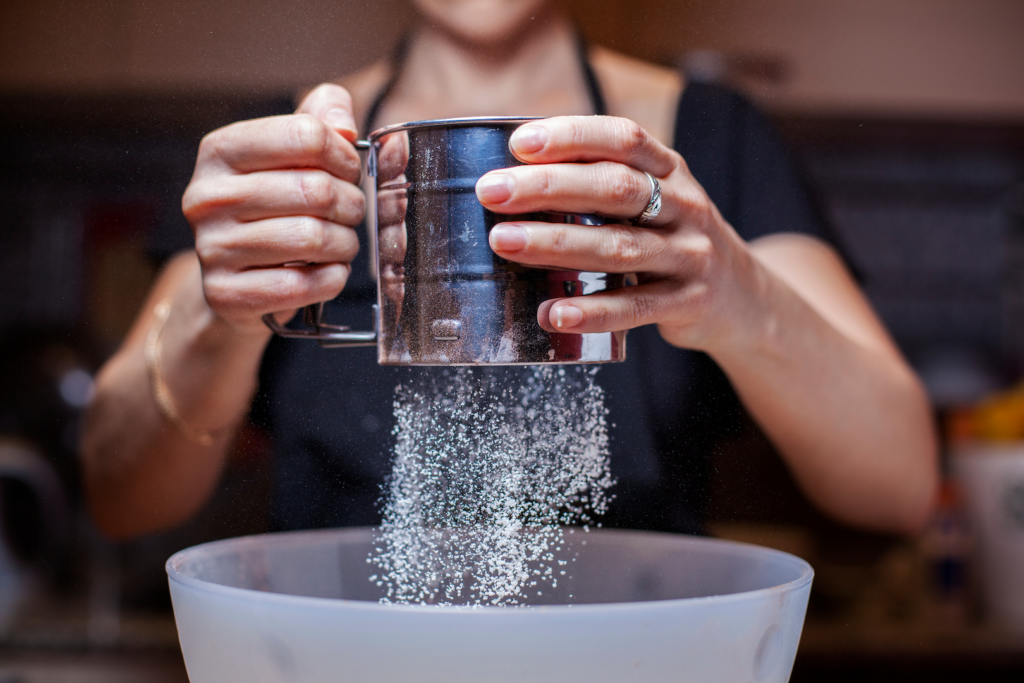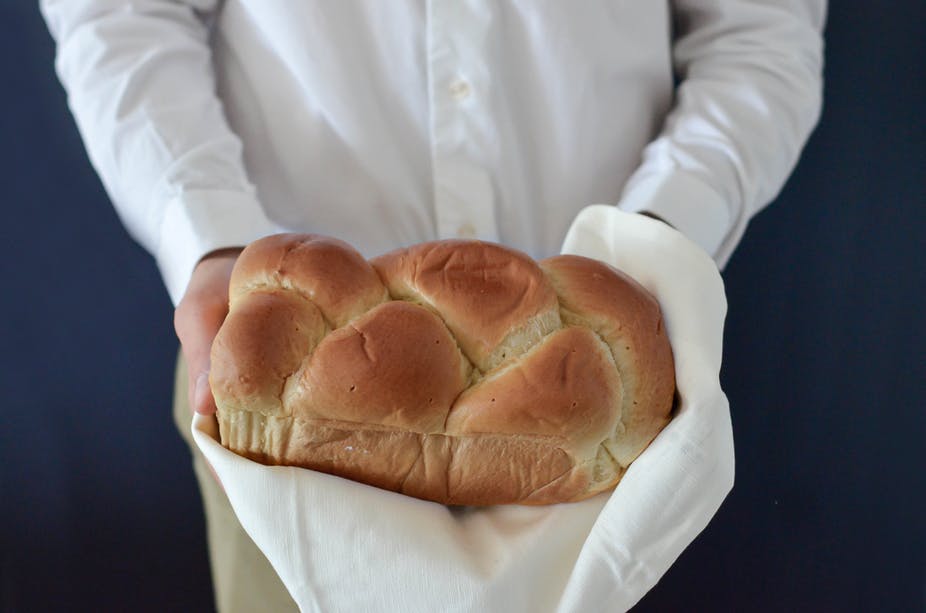
Wait, what’s that smell? Is that your bread burning? Quickly, go check. This can wait…
Phew, glad you’re back with us. Lockdown has turned us all into amateur bakers, keen to fill our days with kneading and shaping, our homes with the aroma of baking bread and our lives with some kind of focus beyond fretting.
It seems like the country has gotten pretty ambitious about its baking, too, the bloomers and banana breads seen all over Instagram scratching just the surface of what we’ve been attempting. Back in June, the Guardian reported that historic mills had been boosted by the flour shortage brought about by COVID-19 panic buying, with hungry, bored Brits splashing out on heritage grains in an attempt to fill some kind of existential hole.
Now, it’s our cupboards that are full of the stuff. But if you’re keen to get your hands dirty again, as Lockdown 3 looks likely to define the early part of 2021, then why not broaden your horizons, skillset and palate even further? With that in mind, here are 4 essential types of flour IDEAL for your lockdown larder.
FIRSTLY, SOME FACTS
Before deciding on the various flours you’ll need for your next ambitious baking project, firstly, some facts.
Let’s look at those numbers and terms you see on the side of your packet. In short, the milling or sifting process and its yield is used to generate these numbers; and evaluates the amount of flour that can be gotten by milling 100 kg of wheat. It ideally outlines the number of grains that can be used to get a certain quantity of flour.
This is represented by a percentage; for example, if you get 75kg from 100kg of wheat, then you may see 75% on your flour packet. Wholemeal will show close to 100% (since barely any germ and bran has been removed in the process) while plain flour is generally closer to 70%.
How are you able to determine grain to flour ratio during milling? Well, wheat is divided into several types; they vary as per the sifting rates used to obtain each indicating just how finely the flour has been ground.
These gradients include; “00”, “0”, “1”, “2”, as well as those commonly referred to as ‘strong’ flour and the wholewheat we already mentioned (which has had no bran removed, and is made from the entire grain), the largest number being the coarsest, roughest grind with the largest particles. These figures determine the best use for the flour, which we’ll explore now.
DOUBLE ZERO (00) FLOUR
“00” – referred to as double (or doppio) zero flour – is the finest refined flour available and therefore used for making very fine wheat flour products. If you want to make pizza or pasta, in particular, then you may consider using this type of flour; it’s pliable and refined in order to promote the best possible water absorption ration. All these technicalities lead to springy, slightly chewy dough, and the ability to roll it ultra-fine for items such as ravioli.
In fact, Italian chefs insist that double zero flour is essential for making fresh, homemade pasta. Next time you’re craving spaghetti carbonara or tagliatelle bolognese, why not try making your own?

TYPE O FLOUR
Looking for the best type of flour to make focaccia? Then type 0 flour is what you should go for. It is a fine to medium-fine ground flour which makes it the best for making loaves, bread rolls and biscuits which require a medium crumb, and ideal for products with short leavening times, where you want a bit of a rise from your dough but don’t want a deep flavour to develop. Type 0 is the equivalent of French T55 flour, incidentally.
STRONG FLOUR (BREAD FLOUR)
Strong flour is made from ‘hard wheat’ and is ideal for baked goods which require a solid structure. The high protein content of strong flour (upwards of 12%) means it can be used to form an elastic dough and can take plenty of kneading, which develops the gluten content further. All of this leads to the desirable springy texture of bread and those air bubbles bread lovers so savour when they tear apart a loaf.
It should be noted that due to this high protein content, strong flour shouldn’t be used for delicate biscuits and cakes, as it makes them incredibly tough.

WHOLE WHEAT FLOUR
This type of flour is considered to be the best nutritionally. This is because during the milling process, a slow speed of grinding is more easily maintained, ensuring the nutritional content of the flour remains intact.
Wholewheat flour contains a higher percentage of protein, making it produce more gluten which in turn produces more strength in your bake. It is often mixed with lighter, more refined flours to restore nutrients lost in the latter’s milling process. Though generally used as an alternative to processed flours by those watching their weight or trying to eat more ‘cleanly’, wholemeal can lend a depth of flavour and distinctive taste to your baking products, too.





